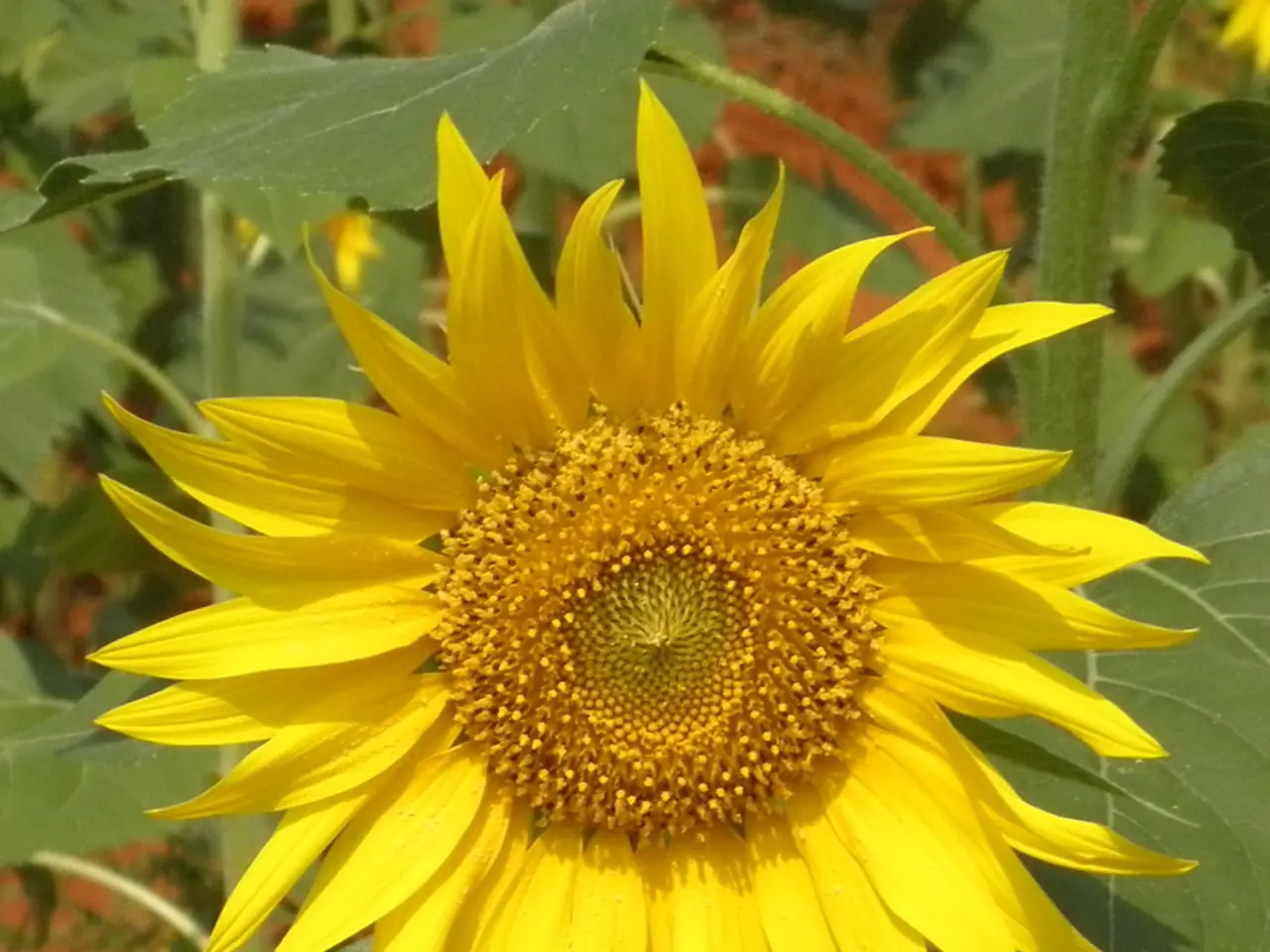Missouri's Wildflower Gemstones: 15 Stunning Native Blooms
Missouri, a Midwestern state home to over six million residents, boasts a rich and diverse array of native wildflowers that can transform any garden into a vibrant haven for pollinators and local wildlife. Here are fifteen native Missouri wildflowers and plants known for their low-maintenance qualities, making them ideal for a native wildflower garden.
1. Coneflower (Echinacea): Known for its vibrant blooms, the coneflower is a popular choice that attracts pollinators and is native to Missouri.
2. Coreopsis: A low-maintenance perennial, Coreopsis supports pollinators and offers lasting beauty.
3. Black-eyed Susan (Rudbeckia hirta): Common in Missouri, these flowers are easy to care for and attract pollinators.
4. Butterfly Milkweed (Asclepias tuberosa): Important for monarch butterflies, it is low-maintenance and native to Missouri.
5. Purple Prairie Clover (Dalea purpurea): Known for its vibrant purple spikes, it is a low-maintenance option that thrives in Missouri conditions.
6. Wild Indigo (Baptisia tinctoria): Native to Missouri, it requires minimal care and offers blue-violet flowers.
7. Ironweed (Vernonia altissima): Tall and stately, ironweed is a low-maintenance choice that attracts pollinators.
8. Blazing Star (Liatris spp.): Provides a striking purple bloom and supports local pollinators, with minimal maintenance.
9. Joe Pye Weed (Eutrochium maculatum): Known for its large, showy flowers, it is a low-maintenance option that attracts butterflies.
10. Wild Bergamot (Monarda fistulosa): Offers pink or purple flowers, attracting pollinators with minimal care required.
11. Wild Geranium (Geranium maculatum): Native to Missouri, it is easy to care for and provides delicate pink flowers.
12. Spiderwort (Tradescantia virginiana): A low-maintenance perennial with blue or purple flowers, common in Missouri.
13. Wild Strawberry (Fragaria virginiana): Provides groundcover with minimal maintenance and attracts pollinators.
14. Prairie Phlox (Phlox pilosa): Offers pink, purple, or white flowers and is known for being low-maintenance.
15. Goldenrod (Solidago spp.): A common Missouri wildflower, often misunderstood, it is low-maintenance and attracts pollinators.
These plants not only provide beauty but also support local ecosystems and require minimal upkeep, making them ideal for a low-maintenance native wildflower garden in Missouri.
Blue-eyed Mary (Collinsia verna) is a unique, showy wildflower with blue and white flowers that will attract many bees and pollinators. It grows from 4-15 inches tall, thrives in light sun to full shade, and average to moist soil conditions, making it a great choice for shady spots where other wildflowers may struggle.
New England aster (Symphyotrichum novae-angliae) is a native Missouri wildflower that is a favourite plant for migrating monarch butterflies.
Blue vervain (Verbena hastata) is a tall and slender wildflower with clusters of blue-purplish flowers. It likes full sun to medium shade and average to moist soil, blooming from June to September.
Bur marigold (Bidens aristosa) is a native Missouri wildflower with pretty yellow flowers that attract bees, wasps, butterflies, and beetles. It is great for rain gardens and for encouraging pollination, growing from 1-5 feet tall and blooming from September to October. Bur marigold prefers average to wet soil.
Blue lobelia (Lobelia siphilitica) is a native Missouri wildflower that has blue to violet color blooms instead of the usual red. It attracts bees, butterflies, and hummingbirds and can grow from 18-30 inches tall. It can spread from 10-16 inches and prefers full sun to light shade and average to moist soil. It germinates from seed fairly easily.
Bird's foot violet (Viola pedata) is a native Missouri wildflower that has purple/violet flowers and grows in woodlands or on a spring hike in the wild.
Missouri Wildflowers Nursery in Jefferson City offers a vast selection of native wildflowers, as well as native grasses, trees, and shrubs, seeds, and even groundcover, making it a great resource for those looking to cultivate a native wildflower garden in Missouri.
- The collection at Missouri Wildflowers Nursery includes Lupine (Lupinus spp.), a striking wildflower with spikes of blue, purple, or yellow flowers that attract butterflies and hummingbirds, and is easy to grow.
- Parsley Hawkweed (Hieracium aurantiacum) is a bright yellow-flowered wildflower native to Missouri, thriving in full sun to partial shade and dry to average soil conditions.
- Black Sampson (Ligusticum porteri) is a tall native wildflower resembling fennel with umbels of small white flowers and a celery-like root. It attracts pollinators and grows well in rich, loamy soils.
- In the realm of houseplants, Oxalis (Wood Sorrel) is a small, charming plant featuring yellow, white, or red flowers and is easy to care for, making it a great addition to your indoor landscaping.
- Columbine (Aquilegia spp.) is a beautiful wildflower with unique, drooping, bell-shaped flowers available in various colors. It thrives in partial shade and moisture-rich soil, and some species are native to Missouri.
- Gaillardia (Blanketflower) is a pet-friendly wildflower that comes in a range of bright, cheerful colors. Its low maintenance nature makes it ideal for gardening enthusiasts with pets.
- Missouri's rich wildflower landscapes are a sight to behold during travel, providing a unique flavor to the state's lifestyle.
- The fashion-and-beauty world often draws inspiration from the vibrant colors and natural beauty of wildflowers, as seen in floral print clothes, accessories, and makeup.
- From cookbooks to restaurants, the food-and-drink industry promotes the use of native Missouri wildflowers in various dishes, showcasing their beauty and flavors. For instance, the comfrey leaf is edible and has a mild earthy flavor, often used in salads or soups.





